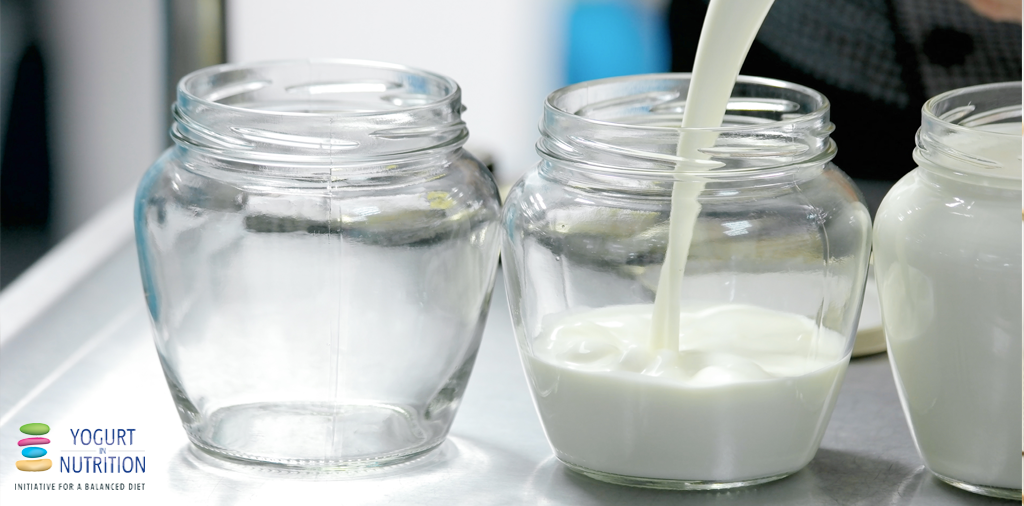Designing a program relative to food fermentation can offer a good opportunity to introduce to basic principles of microbiology and their application in food preservation.
“Yogurt making” : a possible DIY fermentation process
A recent publication in the Journal of Microbiology and Biology Education presented a protocol to use “yogurt making as a tool to understand food fermentation process for non science participants”. Elaborated and tested among Indonesian families, it can be adapted for schools to allow children assess the fermentation process and go beyond a well-known commercial product.
The approach shows that yogurt fermentation can be used as an active learning tool in which participants will learn the principles of aseptic technique, hygiene and sanitation (of kitchen equipment, preparation of substrate and bacterial culture) and the control of fermentation.
In practice
Inspired by the publication, and using a commercial yogurt-maker, you may need :
- Different types of milk, as the authors suggested the separation in several groups. Each group will prepare its own yogurt recipe with a specific substrate:
- Milk A: Dissolve 75 g of skim milk powder into 500 ml boiled water and add 20 g of sugar.
- Milk B : Full cream pasteurized milk
- Milk C: UHT full cream milk
- Milk D: UHT low fat milk
- Commercial yogurt starter culture : Lactobacillus delbrueckii subsp. bulgaricus and Streptococcus thermophilus
The fermentation process will be done following the yogurt-maker’s directions of use but using the several substrates (different types of milk).
At the end of the fermentation process, participants can be invited to analyze the pH (with pH universal indicators), observe the texture, color and aroma and finally taste the yogurts.
The sanitation of equipment and participants is essential, as yogurt fermentation requires good personal hygiene and sanitation conditions.
Fermentation process
Yogurt is a fermented milk that contains lactic acid-bacteria (LAB) and provides nutritional benefits to human health. Certain LAB are typically used in yogurt fermentation, Lactobacillus delbrueckii subsp. bulgaricus and Streptococcus thermophilus. They convert the milk carbohydrate, lactose, into lactic acid. The combination of these LAB in yogurt fermentation contributes to the acidity, taste, texture of the final product.
For a detailed approach and procedure, we invite you to consult the original publication.



